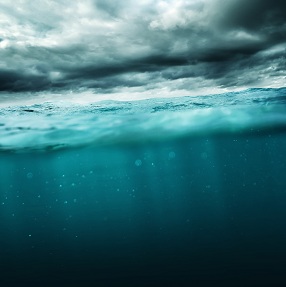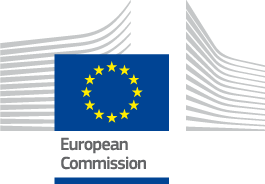Building high performance, low cost radar system

Related topics
Environment & climate action Innovation SMEs Innovation in SMEs Austria Hungary Italy Spaindate: 23/05/2014
Project: Development of a high resolution, low co...
acronym: MARG
See also: CORDIS
Contact: Contact
A range of areas, from agriculture to flood defense, depend on reliable rainfall data. “Estimates of rainfall play a vital role in the performance of sewer systems, water treatment plants, irrigation requirements, and advanced warnings of developing flood threats,” says MARG’s project coordinator Miklós Budai, who also works at the Budapest office of engineering group, Ateknea Solutions.
Climate change, especially the increasingly frequent flash floods, has made accurate local rainfall measurements even more important. “We know, of course, that heavy rain frequently overwhelms urban sewage systems, which can cause rapid flooding in cities,” says Budai. MARG can thus provide reliable data for the private water sector operators and municipalities responsible for distributed water systems, sewages, and treatment plants that cost billions of Euros, he says.
MARG identifies rain types using Doppler spectrum data and morphological information from radar rainfall maps. The project partners have already developed the novel radio frequency electronic parts and are using parabolic antennas in C band (5.6 GHz), which can provide high accuracy even in heavy rainfall.
It can cost as much as €1,100 a month to own and operate an individual rain gauge, so a network of 50 gauges means annual costs of around €300,000. While long range weather radars work as very densely situated rain gauges, costs start around €500,000. By contrast, the target price range of the MARG radar is around €30,000.
Budai stresses the economic importance of the project: in Europe alone, annual investments of €9.5 billion in meteorological data lead to €68 billion return in economic value. In the United Kingdom alone, precipitation is responsible for the collapse of up to 5,000 sewage systems each year.
One potential beneficiary of MARG is agriculture, where unnecessary use of water for irrigation on farms increases costs significantly. Budai says that improving the scheduling of watering and applying fertilizers could save up 25% for agricultural holdings in farming costs. “The system can further support hydropower companies to optimize production capacity, insurance companies in investigating weather claims, and leisure planners to protect people and goods from damage,” he says.
Budai says MARG is progressing on schedule: the mechanical design is almost finalised, the integration of the system began in February 2014, and the product is set to be launched by the end of 2015. “Accurate, local level rainfall data is critical for customers of weather data service providers, as they can save millions of Euros on rainfall related investment for improving these systems,” Budai adds.
